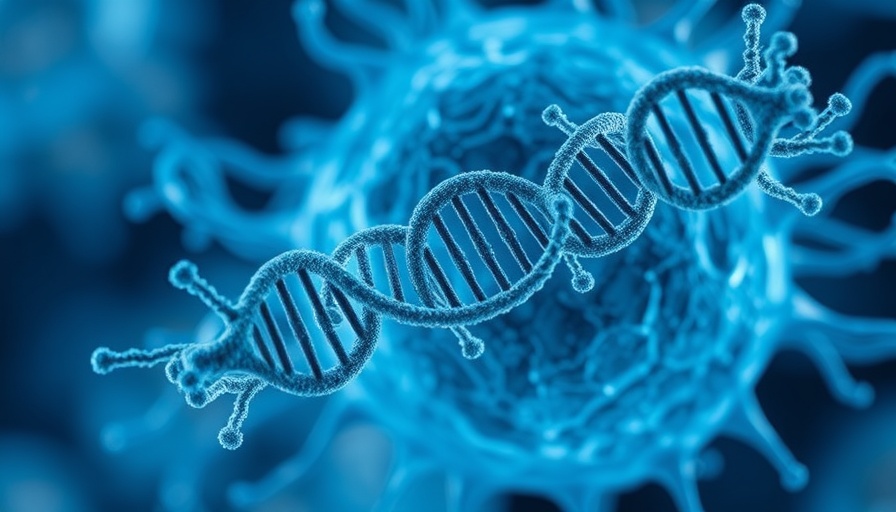
A New Revelation in Cancer Treatment: GlycoRNAs and RNA-Binding Proteins
The landscape of cancer treatment is evolving, and groundbreaking research is at the forefront of this change. In a pivotal study led by Dr. Ryan Flynn at Boston Children’s Hospital, scientists uncover the role of glycoRNAs and RNA-binding proteins in the intricate dance of cell communication and behavior. Building upon their previous discoveries, Flynn and his team demonstrate how these proteins collaborate on the cell surface to create unique clusters that could redefine how we approach cancer therapy.
NPM1: A Promising Target for Acute Myeloid Leukemia
One striking outcome of this research is the identification of NPM1 as a potent therapeutic target for acute myeloid leukemia (AML) and other solid tumors. Typically, AML poses treatment challenges because its pathways often overlap with vital functions in healthy cells. However, the team discovered that in the context of AML, NPM1 is overexpressed on the surface of leukemic cells. This was groundbreaking—indicating a potential avenue for targeted therapies specific to cancer cells.
The Significance of Surface Markers in Cancer Therapy
Marking a departure from traditional approaches, the focus on surface proteins like NPM1 opens doors for innovative treatments. The research indicates that over 60% of gene mutations in adult AML are related to NPM1. In practice, this translates to the possibility of using existing monoclonal antibody therapies that could selectively target these harmful cells while sparing healthy ones. This differentiation is crucial, especially for patients who are often too frail to endure aggressive treatments.
How Could This Impact Patient Care?
For concierge health practitioners, this breakthrough offers a beacon of hope in cancer management. The ability to target NPM1 effectively could lead to significant improvements in treatment outcomes. By understanding the implications of this research, practitioners can better inform their patients about personalized treatment options, significantly enhancing patient care.
Monitoring and Detecting Cancer with New Techniques
Another interesting aspect of targeting NPM1 relates to its detectability. The research highlights that the surface expression of NPM1 is over ten times higher in leukemic cells compared to healthy cells, allowing for simpler monitoring techniques to gauge treatment responses. This means that regular blood tests could effectively track cancer evolution, providing timely insights for adjusting treatment strategies.
Enhancing Personalized Medicine Through Technology
The intersection of technology and medicine cannot be ignored in this context. Health practitioners armed with insights from this research can leverage advanced healthcare technology solutions to implement streamlined monitoring processes. By integrating these strategies into their practices, they can foster a more patient-centric approach to care.
Future Implications and Predictive Trends in Oncology
As we look to the future, the research into glycoRNAs and NPM1 could inspire further studies that explore other RNA-binding proteins. This could usher in a new wave of cancer therapies tailored to individual genetic profiles, enhancing both the efficacy and safety of treatments. For today’s medical professionals, staying informed about these developments is crucial for aligning patient management strategies with emerging scientific insights.
Embracing Change Through Continuous Learning
Finally, it's essential for health practitioners to stay abreast of the latest developments in cancer research. Engaging in continuous education and forming interdisciplinary collaborations can significantly improve the quality of patient care. As these innovative treatments emerge, remaining proactive and educated will empower practitioners to make informed decisions that directly impact their patients' health outcomes.
 Add Row
Add Row  Add
Add 






Write A Comment